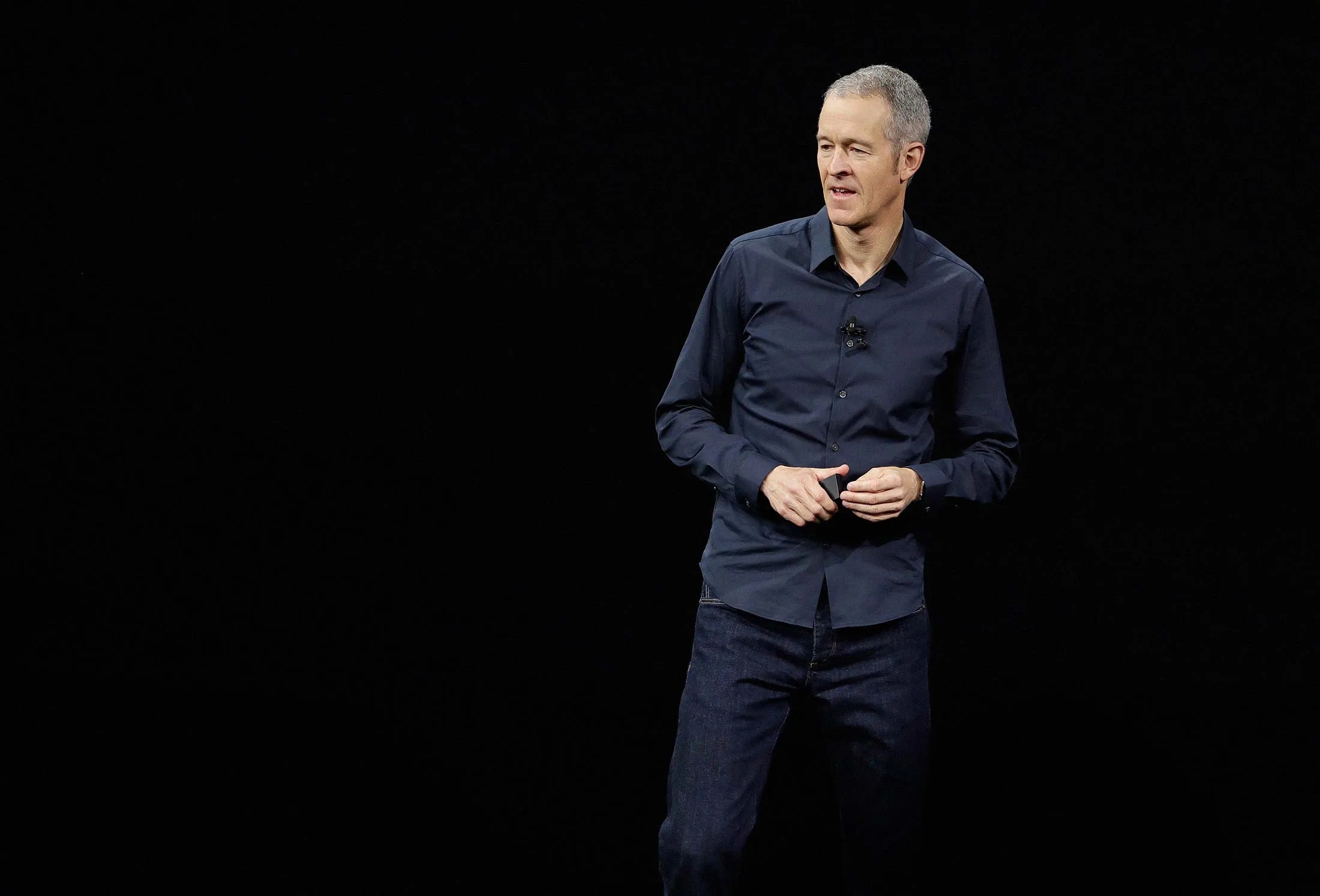As the landscape of decentralized finance (DeFi) evolves, the conversation among investors and industry stakeholders is intensifying, particularly with the burgeoning interest from institutional players. This interest has been catalyzed by the launch of Bitcoin and Ether exchange-traded funds (ETFs) in the United States, which marks a significant intersection of traditional finance (TradFi) and DeFi.
Institutional Influence on Crypto Markets
The core of the ongoing debate is the impact of institutional participation on the crypto space—whether it serves as a boon or a bane. James Toledano, chief operating officer of the custodial wallet platform Savl, recently discussed this dynamic in an interview with Cointelegraph. He argued that institutional involvement is crucial for the sustained growth and legitimacy of cryptocurrencies, particularly in allaying the reservations of traditionally conservative investors, often from older demographics.
Toledano addressed concerns about potential overreach by financial institutions that could dominate crypto markets by acquiring large portions of digital assets. He countered this by suggesting that such dominance is improbable as it could deter the broader community’s engagement with these assets, effectively “shooting themselves in the foot.” He envisions a balanced ecosystem where self-custodial options predominate, but institutions still play a significant role, holding perhaps around 20% of the assets in formats such as spot ETFs.
The Concept of ‘NewFi’
Toledano introduced the term “NewFi” to describe a hybrid financial model where traditional financial institutions and decentralized protocols coexist and interact. This model represents a shift towards a more integrated approach where decentralized and traditional finance not only coexist but collaborate, creating a more robust financial ecosystem.
The recent CoinShares weekly inflow report highlighted a significant influx of $1.35 billion into digital asset investment vehicles, with a substantial portion of this investment originating from the United States. This influx underscores the growing institutional appetite for cryptocurrency investments, further validated by the successful launch of spot Ether ETFs on U.S. stock exchanges. These ETFs saw over $1 billion in trading volume on their first day, reflecting robust demand.
The evolving relationship between DeFi and TradFi suggests several implications for the future of finance:
- Increased Legitimacy and Adoption: Institutional involvement could lead to broader acceptance and integration of cryptocurrencies within the mainstream financial systems.
- Enhanced Innovation and Services: Collaboration between DeFi and TradFi can spur innovation, leading to the development of new financial products and services.
- Regulatory Development: As institutions engage more with cryptocurrencies, it could drive the development of more comprehensive and supportive regulatory frameworks.
While the transition towards ‘NewFi’ presents numerous opportunities, it also brings challenges:
- Regulatory Scrutiny: Increased institutional involvement might attract more stringent regulations, which could stifle innovation if not properly managed.
- Market Volatility: Large inflows and outflows from institutional investors could introduce greater volatility in the crypto markets.
- Equity and Accessibility: Ensuring that the benefits of ‘NewFi’ are equitably distributed and accessible to all market participants remains a critical consideration.
The integration of institutional investors into the DeFi space signals a pivotal shift towards what is now being termed as ‘NewFi’. This evolution reflects a maturing market that recognizes the potential of cryptocurrencies not just as speculative assets but as foundational components of a new, integrated financial paradigm. As this space continues to evolve, the collaboration between DeFi and TradFi could set new standards for financial operations, consumer engagement, and regulatory policies.










